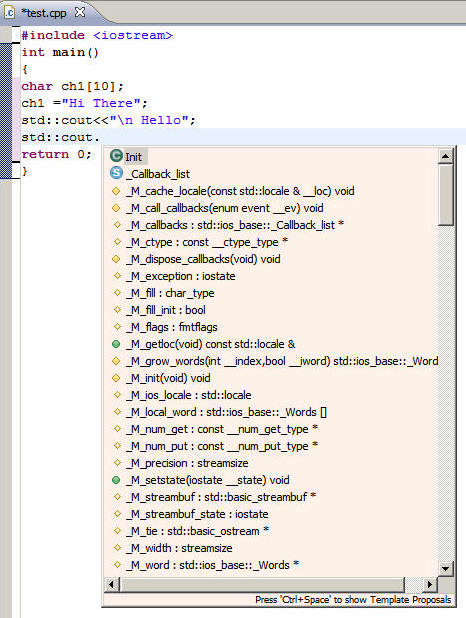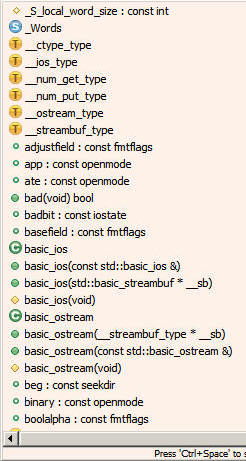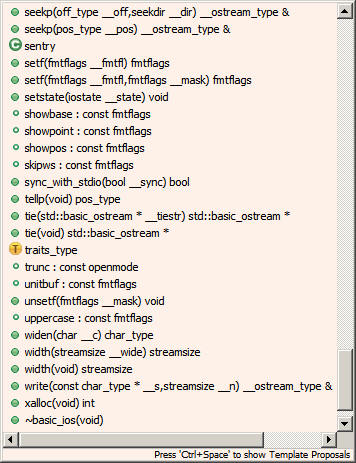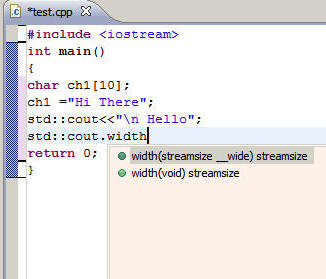Objectives : I/O streams
The iostream classes are used in both, for buffered, formatted text I/O as well as un-buffered binary I/O. It is a core option left to the developer when they intend to use the C/C++ libraries than the platform specified by the vendors like Visual C++.
The String and file streams would work in Windows OS, but the character-mode stream objects like cin, cout, cerr, and clog are inconsistent and out of place in the Windows graphical user interface. However, those stream objects, can be accommodated as a terminal/command window to interact with the keyboard.
I/OStream library
- Manipulators:
- Classes :
- filebuf,
- fstream
- ifstream
- ios
- ios_stream
- istream
- istringstream
- ofstream
- ostream
- ostringstream
- streambuf
- stringbuf
- stringstream
- Objects:
- cerr : error reporting
- cin : get key board output
- cout : display output on screen
- types:
fpos
streamoff
streampos
streamsize
Streams and Buffers:
The input and out streams in C++ works like an envelope containing many heterogeneous classes . Most important fact of C++ streams is that, all the input and output are handled as a stream of bytes.
The objects like cin or cout are maneuvered by >> or << operations, respectively. The input operation with << operator basically inserts data from keyboard to an input stream; and the output operator ">>" load the data in the from of an output stream.
In the codes we use the syntaxes as shown in the following lines.
- Input Operation : char ch1[200]; cin.getline(ch1, 200);
- Output operation : cout<< "\n Hello World";
The object cout can further be used with many operations as shown below.
Step: 2 Click OK
Step:




